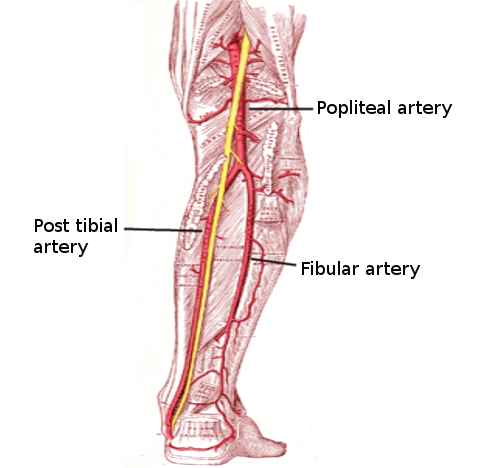Introduction
The lower leg divides into four compartments. These four compartments are the anterior, lateral, superficial posterior, and deep posterior compartments. The anterior compartment contains the tibialis anterior, extensor hallucis longus, extensor digitorum longus, and fibularis tertius muscles, innervated by the deep peroneal nerve and supplied by the anterior tibial artery. The anterior compartment muscles function as the primary extensors of the ankle (dorsiflexion) and extensors of the toes. The lateral compartment of the lower limb contains the fibularis longus and brevis muscles and receive innervation from the superficial fibular nerve. The peroneal artery provides muscular branches to the lateral compartment but is, in fact, a posterior compartment structure. The lateral compartment muscles function primarily to evert the foot and weakly plantarflex the foot at the ankle. The superficial posterior compartment contains the gastrocnemius, soleus, and plantaris muscles. The deep posterior compartment contains the tibialis posterior, flexor digitorum longus, and flexor hallucis longus muscles. The superficial and deep posterior compartment muscles are supplied by the posterior tibial artery and innervated by the tibial nerve, both of which course in the deep posterior compartment. The posterior compartment muscles serve as the primary flexors of the ankle (plantarflexion) and flexors of the toes. The arteries of the lower limb are susceptible to several pathologies, including atherosclerotic plaque buildup, compartment syndrome, trauma, and in rare instances, aneurysm. There have been only 33 documented cases of true infra-popliteal arterial aneurysms, twelve of which involve the posterior tibial artery.[1]

